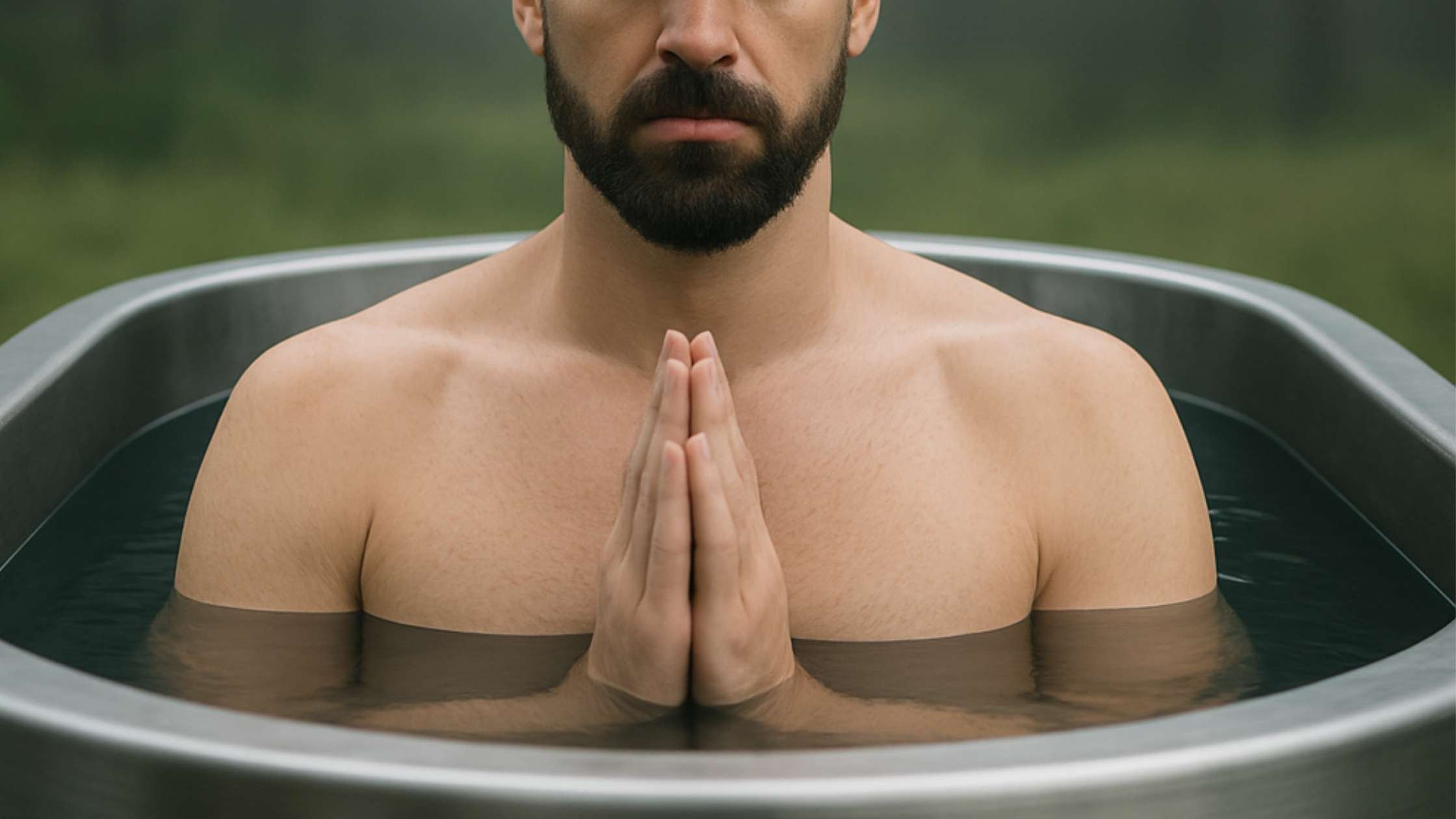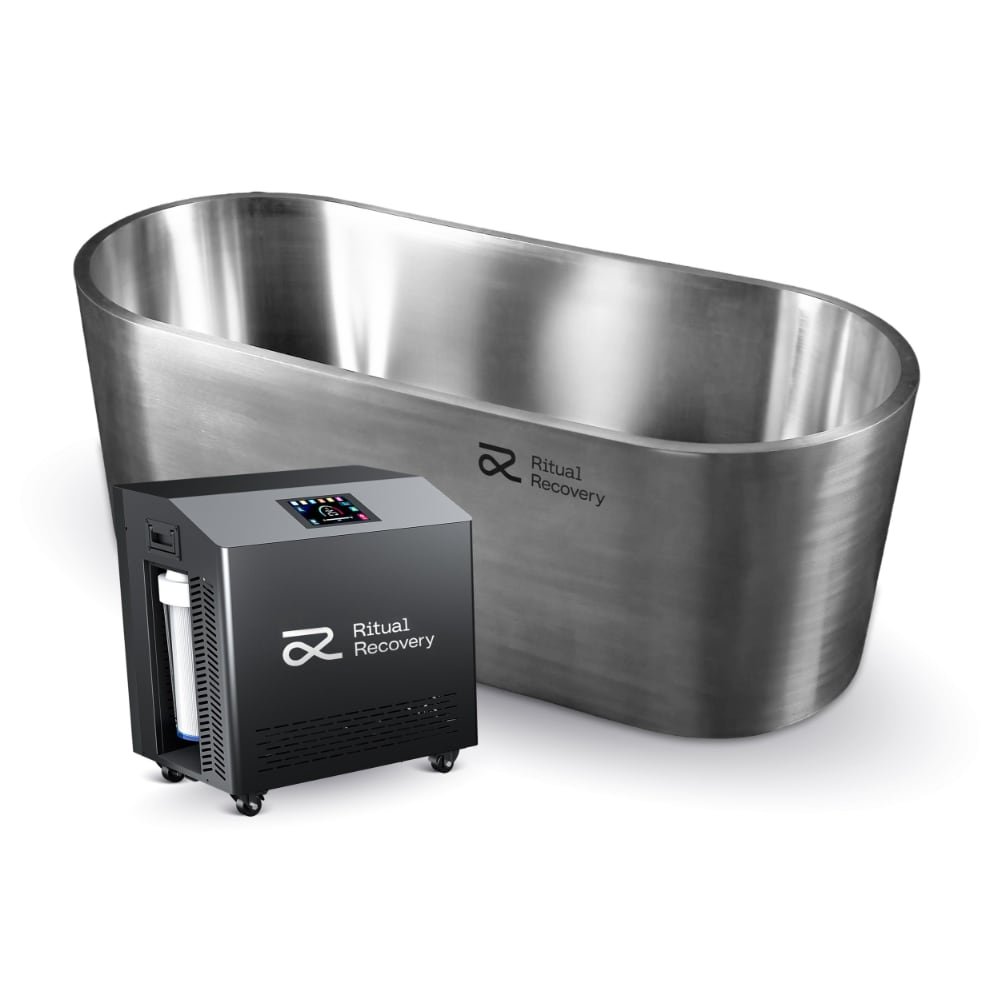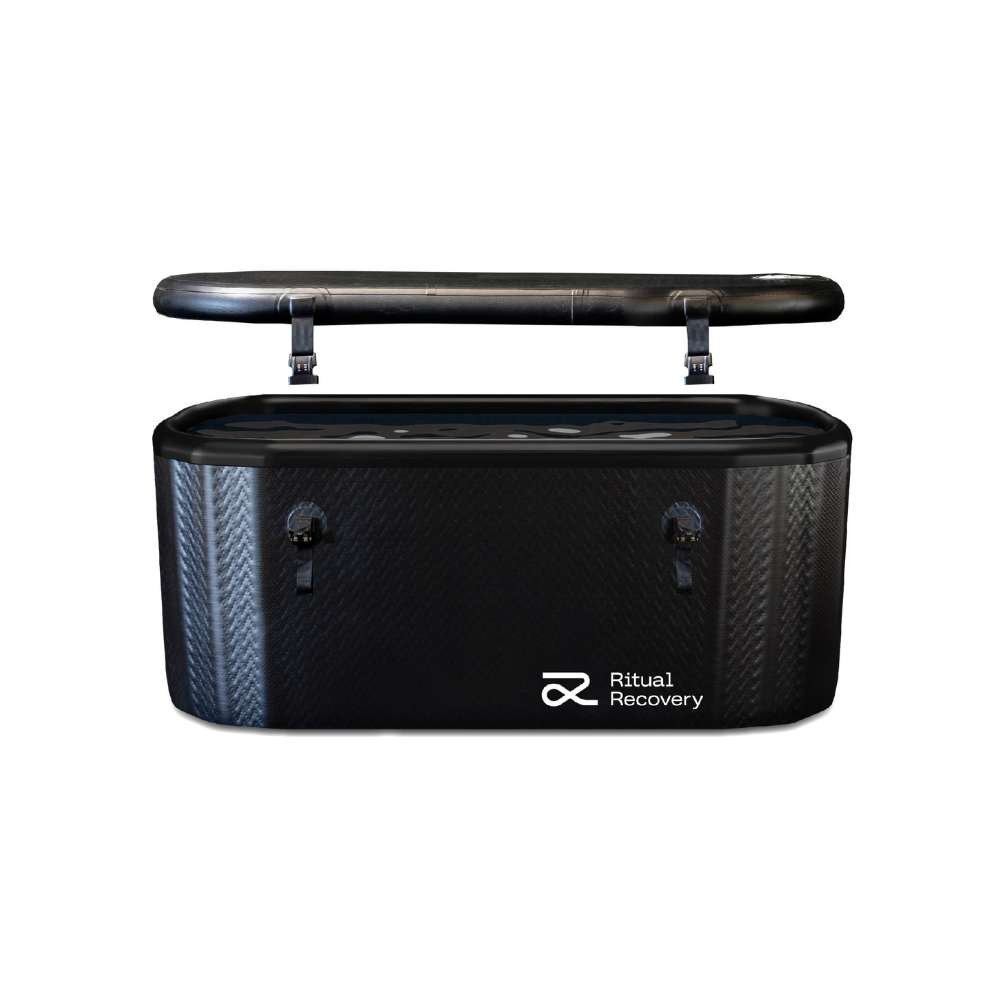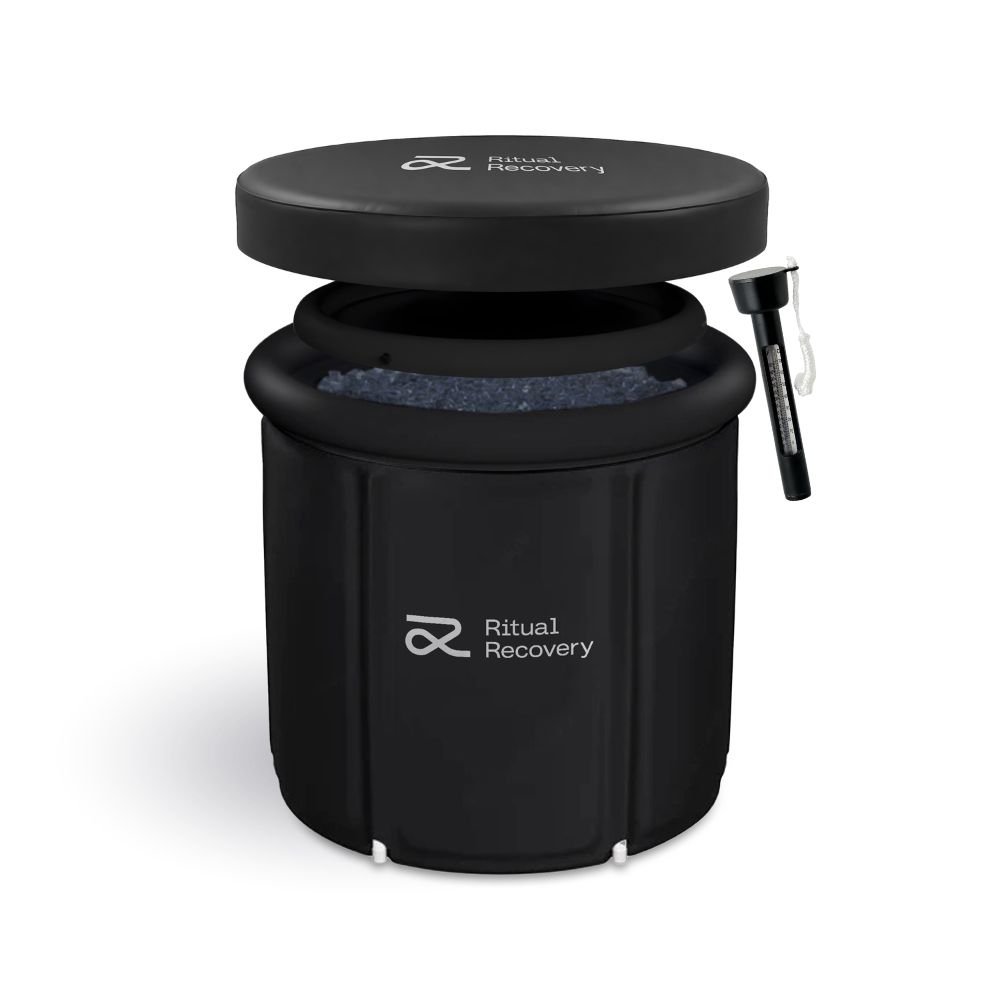The Subtle Art of Stillness: Breath, Tongue, and Focus in the Ice Bath
By now, you’ve probably heard that breathwork is important in the ice bath.
But there’s more going on beneath the surface — literally.
Elite free divers, yogis, and nervous system researchers have known for decades that subtle shifts in the way we breathe, where we place our tongue, and how we focus our attention can radically change our internal state. Yet most people hop in the ice and just try to survive it.
What if you could use micro-techniques to not only stay longer and calmer in the ice bath — but to walk out with a deeper sense of presence and nervous system mastery?
Let’s go deeper into the less-talked-about mechanics of cold exposure.
1. Breath is More Than a Coping Tool — It’s a Switchboard
Everyone knows not to hyperventilate in an ice bath. But the way you breathe shapes the entire physiological cascade.
Shallow, rapid breathing signals danger to the body. Slow, nasal, diaphragmatic breathing sends the opposite message: I’m safe. I’m in control.
In fact, a study published in Frontiers in Human Neuroscience found that conscious breath regulation directly modulates the autonomic nervous system, shifting people out of sympathetic (fight-or-flight) into parasympathetic (rest-and-regulate) states.
“Slow and controlled breathing techniques appear to modulate central nervous system activity and reduce stress responses.”
— Zaccaro et al., 2018
How to use it in the ice bath:
Use a 4:6 inhale-to-exhale ratio (e.g., 4 seconds in, 6 seconds out) to slow the heart rate.
Inhale through the nose to activate nitric oxide production and oxygenate more efficiently.
Keep your breath low and slow — feel your ribs expand, not just your chest.
The breath isn’t just a tool to get through the plunge. It’s how you reprogram your stress response in real time.
2. Tongue Placement: A Tiny Adjustment with Big Impact
It sounds strange, but where you place your tongue can influence your state of arousal and stress regulation — especially during intense situations like cold exposure.
In yogic and meditative traditions, the tongue is often rested on the roof of the mouth, just behind the teeth. This isn’t just spiritual dogma — it’s linked to cranial nerve regulation, specifically the vagus nerve, which plays a key role in heart rate, breath, digestion, and calm.
Modern research into orofacial posture and nervous system balance is beginning to catch up with ancient intuition. The tongue on the roof of the mouth creates a closed circuit for energy and tension release. It’s also thought to help activate the parasympathetic nervous system.
How to use it in the ice bath:
As you breathe, lightly press the tip of your tongue to the roof of your mouth (just behind the front teeth).
Keep your jaw soft, lips sealed, and throat relaxed.
Combine this with nasal breathing for a more centered, grounded presence.
This micro-adjustment can subtly quieten the mental noise, reduce fidgeting, and keep you neurologically locked in.
3. The Role of Focus: Narrow the Frame, Open the Experience
When you get into the ice bath, your field of attention usually widens in panic. Your brain starts scanning: How long will this last? Is this safe? Where’s the timer? Who’s watching?
This kind of mental fragmentation is what ramps up cortisol and tension.
Instead, trained divers, martial artists, and meditators know that narrowing your focus to a single point can create a sense of inner stillness, even in chaotic conditions.
“Where attention goes, energy flows.” — Ancient saying across yogic and Zen traditions
How to use it in the ice bath:
Choose a single point of focus — it could be your breath, the sensation of water on your skin, or even the sound of dripping ice.
Return to that anchor anytime your mind starts to scatter.
This singularity of attention shifts you into a flow-like state, where discomfort is no longer overwhelming — just present.
It’s not about “getting through it.” It’s about getting into it — with intention and precision.
4. Combine All Three for Deep Nervous System Rewiring
Here’s how it comes together:
Breathe low and slow through the nose, with extended exhales.
Rest your tongue gently on the roof of your mouth.
Fix your attention on one internal anchor.
This trifecta creates a self-regulating feedback loop — keeping your nervous system stable, your brain focused, and your body calm.
Over time, these techniques don’t just help you in the ice bath. They retrain how your nervous system responds to all forms of stress — from a tense work situation to an argument to a sleepless night.
Final Thought: Cold as a Mirror, Not a Battle
The ice bath isn’t something to conquer — it’s something to learn from. And the more attention you bring to the subtle details — the breath, the tongue, the focus — the more power you gain over your inner environment.
What you practise in the cold carries into the heat of life.
So the next time you step into the plunge, don’t just brace yourself.
Breathe. Anchor. Tune in.
Mastery is in the micro.





